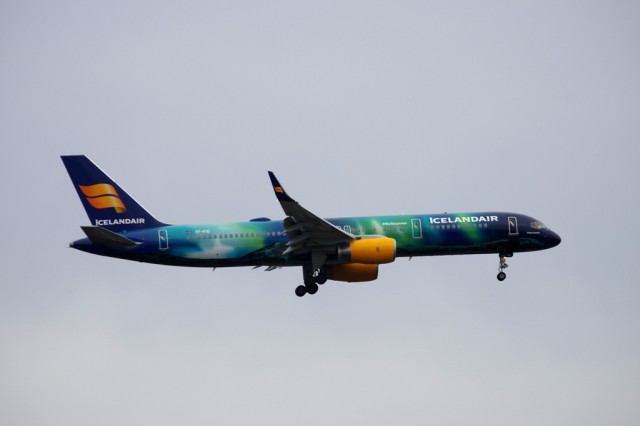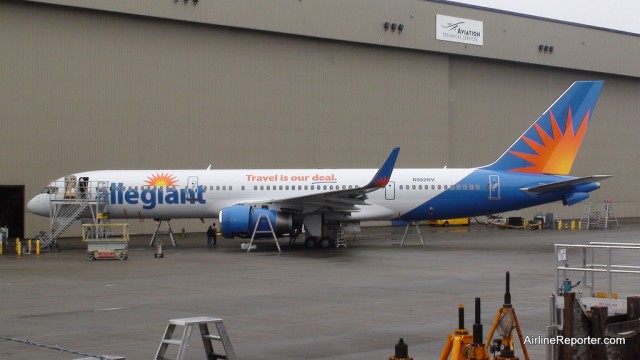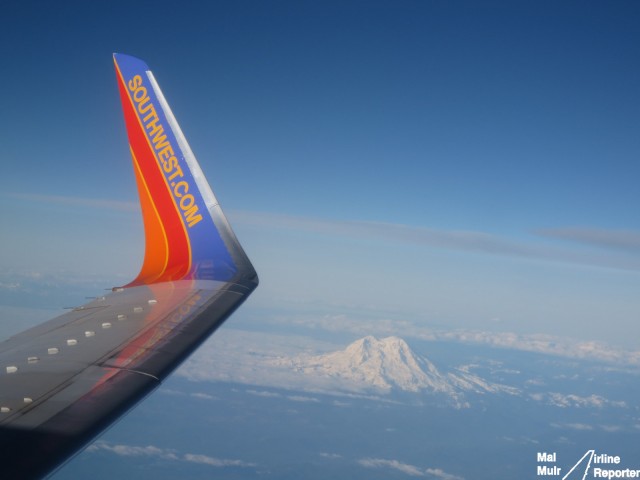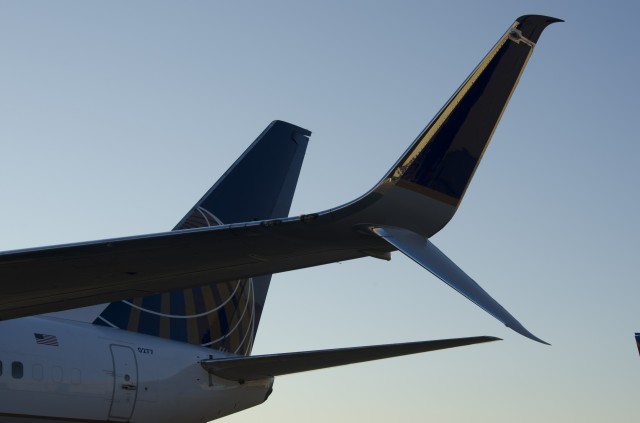
Icelandair use 757s to connect their hub in Reykjavik to European and North American destinations – Photo: Mal Muir | AirlineReporter
What has been the most talked about aircraft as of late in aviation circles? I would have to say it is the Boeing 757 — an aircraft that seems irreplaceable. This aircraft is beloved by some, hated by others, and yet so many people have flown them, no matter where you are from (unless you are Australian, then it’s going to be rare). I can remember the first time I saw a 757 (Royal New Zealand Air Force at Avalon Airshow); I can also remember my first flight on a 757 (United P.S from JFK to LAX). I’ve got so many wonderful memories of the 757 that I wanted to take a little trip down memory lane and bring you all along with me.

One of Allegiant Air’s Boeing 757s (N902NV) while still in Everett, WA – Photo: David Parker Brown
The Boeing 757 was the last clean-sheet narrow-body aircraft to come out of the Seattle area. The aircraft was produced in Renton and, much like myself, the 757 was an 80’s baby. Rolled out on January 13, 1982, it took flight just over a month later on February 19th. Deliveries of the 757-200 began in December 1982, less than a year after roll-out, with the launch customer being Eastern Air Lines for North America (since dissolved and now reappeared) and British Airways for Europe. The aircraft was last delivered in 2004, after over 22 years of production. The final aircraft was delivered to Shanghai Airlines, giving the 757 family a total of 1,050 of the type.

What better photo than a winglet & Pacific Northwest icon Mt. Rainier?
During the recent Aviation Geek Fest, a reader of AirlineReporter suggested that I do a bit of a roundup of all the different ’œwinglets’ that are out in the aviation world (I wish I remembered you name). With so many different kinds of wingtip devices out in the marketplace, there needs to be a handy guide as to what they all are and what aircraft they belong to. But first maybe a little bit of background on what a winglet actually does.
In the late 1970’s, NASA engineer Richard T. Whitcomb took some research from the 1950’s and further developed what we know as the winglet. NASA wanted to see what would happen if they were to create a wingtip device that, with the correct angle and shape, could help reduce drag and increase lift, and also help break up the wingtip vortices.
Getting these benefits from the wing helps make flying easier and increases fuel efficiency – something that back in the 70’s wasn’t as crucial as it is now. How much fuel can you save by adding a winglet? On average, a 737 can save around 4% when compared to a non-winglet version. A winglet is really designed to save money when flying long distances at high altitudes, so long flights are where the most savings are realized.

A Close up look at the new Scimitar Winglet – Photo: United Airlines
On Tuesday the 16th July 2013, a new type of winglet took to the skies for the first time. Forget about the blended winglet or even the sharklet, the new kid in town is the Scimitar Winglet. This new winglet is similar to the Advance Technology Winglet that is destined for Boeing’s new 737 Max aircraft, but is built for the 737NG instead.
The first flight was operated by a United 737-800 (aircraft N37277) and was conducted at Paine Field (KPAE) in Everett. Many of the test flights out of KPAE are operated by Boeing at the north-end of the airport, but this flight was completed at the south-end via Aviation Partners Boeing where the aircraft was retrofitted with the new Scimitar Winglet.



